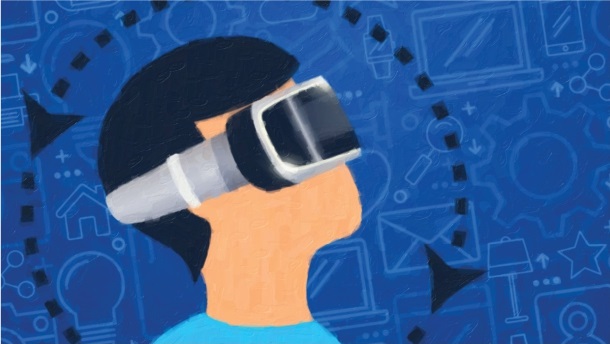
Summary: The fourth industrial revolution—riding on the back of data and analytics—was already underway as the COVID-19 pandemic struck. A faster and fuller adoption of this revolution will help companies get onto the path of recovery faster.
Log In or become an AIMA member to read more articles
